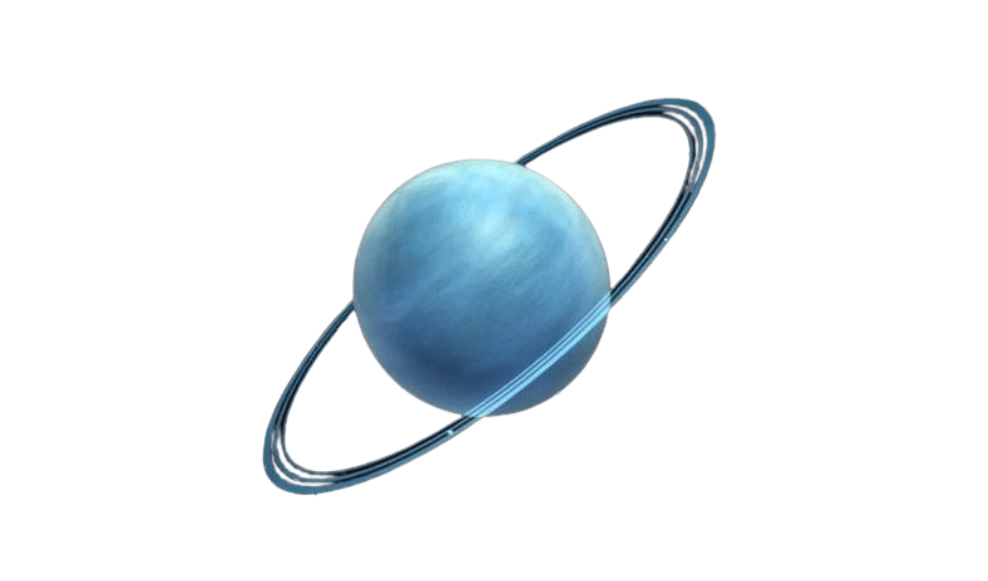Embark on a fascinating adventure through the solar system—without leaving Earth! Your journey begins at Mont Caly, where the Sun is represented by a sleek metal structure.
Using a scale reduced to one billionth, the planets and their actual distances are accurately represented at a human scale, allowing you to explore the solar system as you walk. The trail is accessible and gently sloping, offering an enjoyable and educational experience with breathtaking views of the mountains.

| Short route | Long route |
| Duration: approx. 2 hours Distance: 5.7 km | Duration: approx. 3h30 Distance: 8.9 km |
Ready for lift-off? At the end of your journey through the solar system, test your knowledge with a short quiz! If you get a perfect score, a small reward awaits you at the Tourist Office.
Uranus
Uranus, a gas giant, belongs to the subgroup of ice giants along with Neptune. Its atmosphere is made up of hydrogen (83%), helium (15%), and methane (2%). Its horizontal axis of rotation is tilted by more than 90°, causing the planet to “roll” along its orbit (CNES). Uranus is named after the Greek god of the sky, Ouranos.

| Caractéristiques | Uranus | Terre |
| Diamètre | 51 000 km | 12 750 km |
| Rapport de masse | 14,5 | 1 |
| Rapport de gravité | 0,90 | 1 |
| Distance de soleil (UA) | 19,2 | 1 |
| Inclinaison / Axe de rotation | 97,8° | 23,5° |
| Période de rotation | 17,24 h | 1 j |
| Révolution autour du soleil | 84 ans | 365 j |
| Température max | -208°C | +58°C |
| Température min | -212°C | -89°C |
| Lunes | 27 | 1 |
The seventh planet from the Sun, Uranus follows a formation process similar to that of the other giant planets in our solar system. Here is an overview of the creation of Uranus:
Formation of the protoplanetary disk: Uranus formed about 4.5 billion years ago from a disk of gas and dust surrounding the young Sun, known as the protoplanetary disk. This disk resulted from the gravitational collapse of a solar nebula.
Accretion of material: Within this disk, small dust particles began to attract each other under the influence of gravity. These dust aggregates gradually merged to form larger objects called planetesimals. These planetesimals then clumped together to form planetary embryos, which eventually became planets.
Planetary migration: During their formation, planetary embryos may have undergone migratory movements due to gravitational interactions with the protoplanetary disk. These movements could have influenced their orbits and distribution within the solar system.
Formation of the planet: Uranus continued to grow by accumulating material from the protoplanetary disk. This material gathered around the growing Uranian embryo, shaping its internal and external structure.
Cooling and stabilisation: Once Uranus reached its final size, it gradually began to cool. The planet’s outer surface solidified, while its inner core continues to generate heat through processes such as radioactive decay.
In summary, the formation of Uranus was a complex process that took millions of years. It involved the accretion of material from the protoplanetary disk, planetary migration, and the gradual development of the planet’s internal and external structure.
Uranus has 13 distinct rings, composed of debris from moons that were destroyed after the planet’s formation.
Today, Uranus is known for its distinctive blue-green colour and unusual tilt, playing an important role in the dynamics of the solar system.
For more information, you can visit the following websites:
